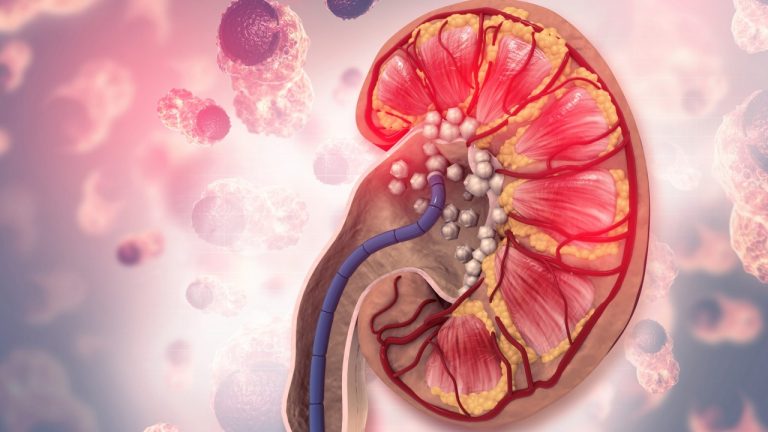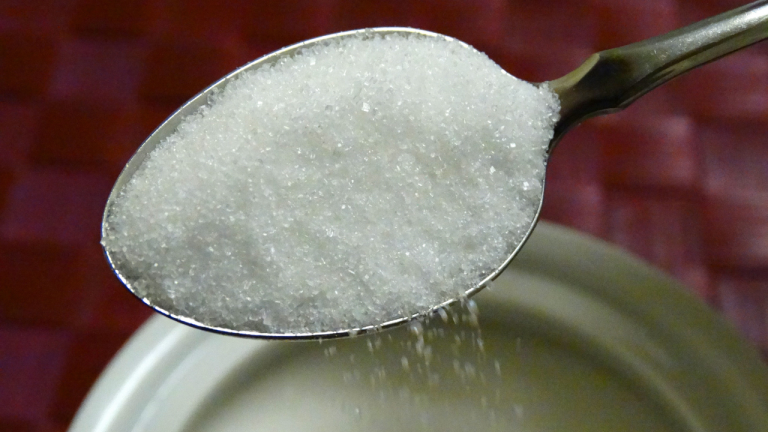Which Compounds are Present in Dried Fish that can Cause stomach Cancer?

Dried fish is a traditional food consumed in many parts of the world and can be a rich source of protein and other nutrients. However, some studies have suggested that the consumption of dried fish may be associated with an increased risk of stomach cancer, particularly in regions where it is a dietary staple.
The compounds in dried fish that have been suggested to be associated with an increased risk of stomach cancer are nitrosamines and polycyclic aromatic hydrocarbons (PAHs). These compounds can form during the drying and smoking process of fish and are known to be carcinogenic.
Nitrosamines can form when nitrites and nitrates, which are commonly used as preservatives in the fish industry, react with amino acids in the fish. PAHs can form when the fish is exposed to high temperatures and smoke during the drying process.
Several studies have shown that higher levels of nitrosamines and PAHs are present in dried fish than in fresh fish and that consuming large amounts of dried fish may increase the risk of stomach cancer. However, the exact mechanism by which these compounds may cause cancer is not fully understood.
It is important to note that the risk of stomach cancer associated with dried fish consumption may also depend on other factors, such as individual genetics, dietary patterns, and lifestyle factors. To minimize the risk, it is recommended to consume dried fish in moderation and to choose varieties that are lower in nitrosamines and PAHs.



